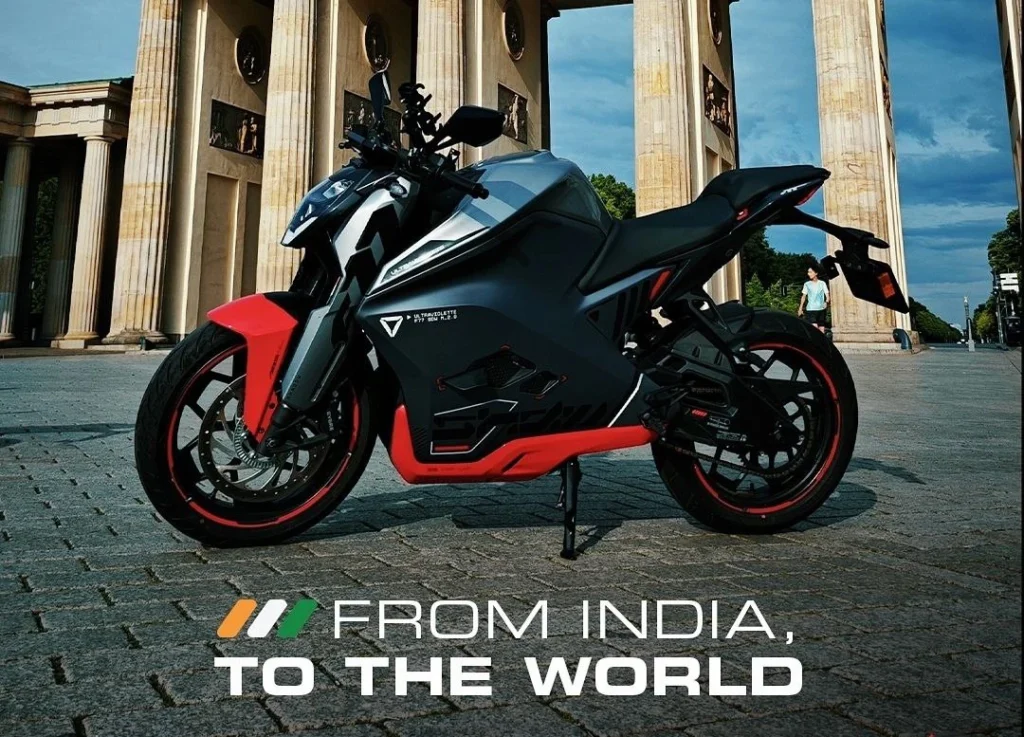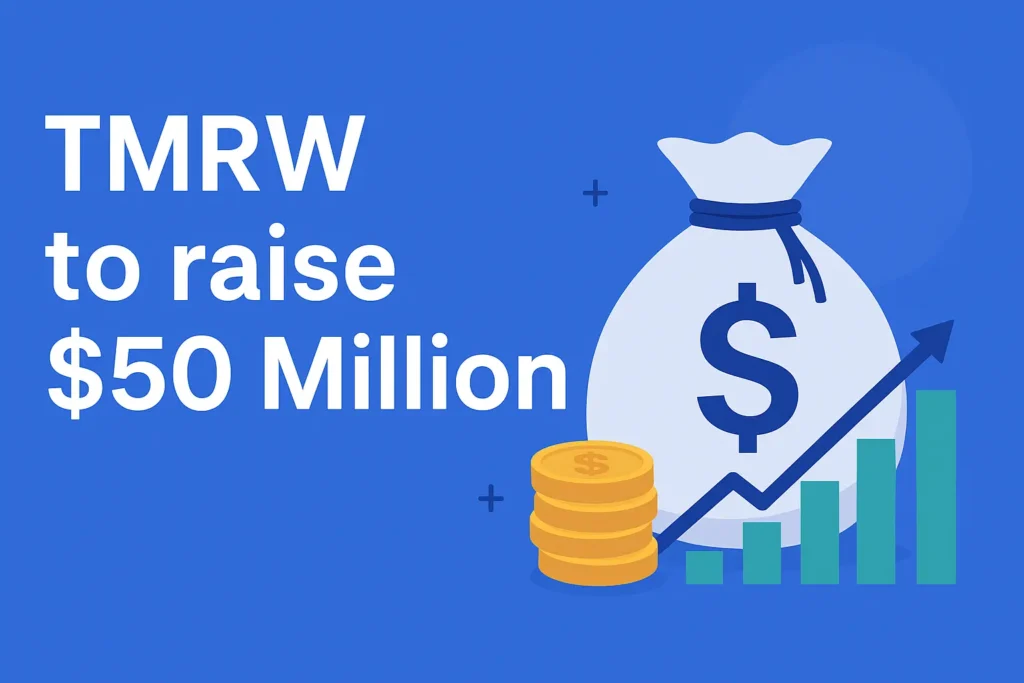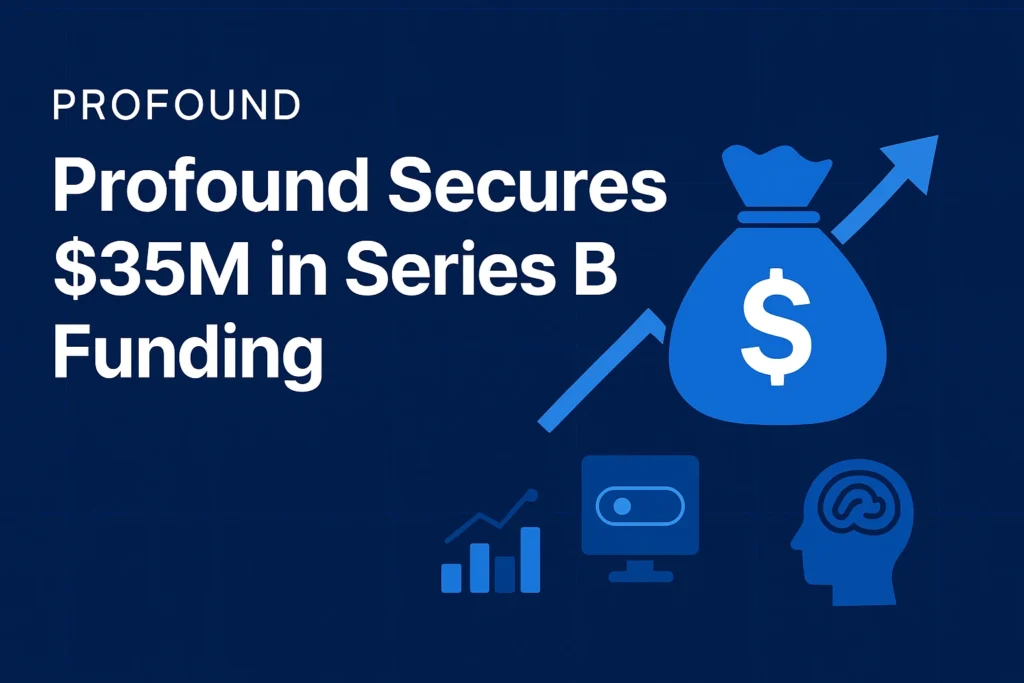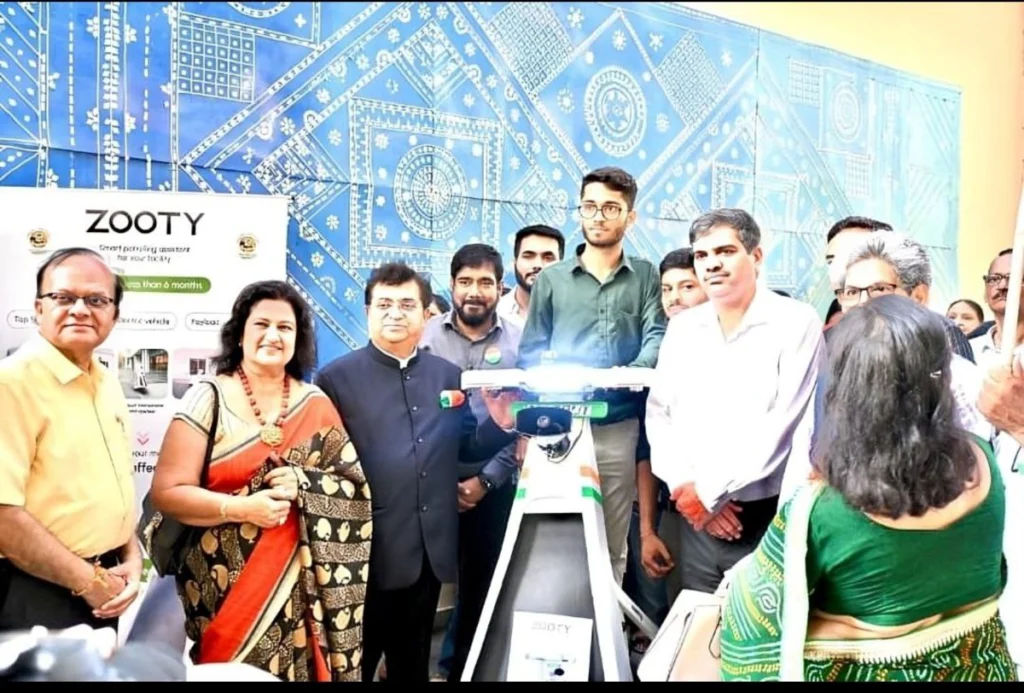The AI chip wars just got crazy interesting! Groq , this scrappy AI inference startup making serious waves in Silicon Valley, just nailed one of 2024’s most jaw-dropping funding rounds. We’re talking about a massive $750 million raise that’s absolutely rocking the semiconductor world and putting NVIDIA on high alert.
Groq’s Astronomical Valuation Jump: From $2.8B to $6.9B in 13 Months
Hold onto your hats – this valuation story is wild! Groq’s previous funding round happened in August 2023, when they raised $640 million at a $2.8 billion valuation. Fast forward just 13 months, and BAM! They’ve landed $750 million at a stunning $6.9 billion post-money valuation. That’s more than doubling their worth in barely over a year – talk about meteoric growth!
This isn’t your typical startup success story. Founded in 2016, Groq has been grinding away at AI processing innovation for nearly a decade, and this valuation explosion proves they’ve been building something genuinely revolutionary. While countless tech startups are struggling with tight funding markets, Groq absolutely crushed it, exceeding initial projections and proving investor appetite for serious AI infrastructure plays remains incredibly strong.
Elite Investor Coalition: BlackRock and Tech Giants Back AI Infrastructure
The investor lineup for this Groq funding round is seriously impressive! We’re talking heavyweight financial institutions throwing serious money behind AI infrastructure. The round was led by Disruptive, with major investments from BlackRock, Neuberger Berman, and Deutsche Telekom Capital Partners – basically, the smart money betting big on AI’s future.
BlackRock’s involvement is huge here. When the world’s largest asset manager backs a startup, you know something special is happening. Their participation signals massive confidence in Groq’s ability to shake up AI processing. But this investor coalition isn’t just writing checks – these are strategic partnerships opening doors to enterprise customers and global markets most startups only dream about.
AI Inference Market Explosion: Meeting Unprecedented Demand for Processing Power
The timing of Groq’s massive funding couldn’t be better – the AI inference market is absolutely exploding right now! Every ChatGPT query, every AI image generation, every smart recommendation on your apps – they all need lightning-fast inference processing. Traditional chips are seriously struggling to keep up with this insane demand.
This is where Groq’s specialized architecture shines. While NVIDIA dominated AI training, inference is totally different – it needs consistent, low-latency performance at massive scale. Groq has been engineering solutions for exactly this challenge for years. The market validation through this $750 million funding round proves investors believe Groq has solved the efficiency puzzle for AI inference processing that everyone’s been wrestling with.
Strategic Expansion Plans: Data Center Infrastructure and Market Scaling
With $750 million in the bank, Groq isn’t messing around – they’re planning seriously aggressive expansion moves. This funding fuels their ambitions to scale data center infrastructure and expand market reach in ways that could completely reshape the competitive landscape.
Data center expansion is absolutely crucial for AI inference companies like Groq. Their success depends on building robust, distributed infrastructure handling massive processing loads with minimal latency. This funding gives them firepower to compete directly with established players by building comprehensive processing networks.
Beyond infrastructure, this capital lets Groq accelerate research, attract top talent from competitors, and potentially make strategic acquisitions strengthening their technological advantage. They’re not raising money to survive – they’re raising money to dominate this space completely.
NVIDIA Competition Intensifies: Silicon Valley Startup Challenges Semiconductor Dominance
Here’s where things get spicy – Groq is positioned as a serious NVIDIA challenger, and this $750 million funding just gave them major ammunition in what’s shaping up to be the tech battle of the decade. NVIDIA’s AI processing dominance has seemed unshakeable, but Groq is betting they can carve out a massive chunk of the inference market.
The competitive dynamics are fascinating. NVIDIA built their empire on training massive AI models, but inference is where the real long-term money lives. Every deployed AI application needs inference processing, creating a potentially enormous market. Groq’s specialized approach could give them advantages that even NVIDIA’s superior resources can’t easily copy. This isn’t just about better chips – it’s about completely reimagining AI processing architecture. With $750 million backing their vision, NVIDIA now has to take them seriously.
Business model of Groq
| Aspect | Details |
|---|---|
| How Company Started | Founded in 2016 by Jonathan Ross (Google TPU designer) and Douglas Wightman (Google X engineer) after leaving Google to democratize AI compute access |
| Present Condition | $6.9B valuation, 360,000+ developers, 75% of Fortune 100 companies as clients. LPU generates 300 tokens/second on Llama 2 70B models |
| Future Outlook | Adding 100,000+ LPUs to cloud by early 2025. CEO’s mission to double world’s AI compute by 2027. Positioned to capture growing AI inference market |
| Young Entrepreneur Opportunities | AI inference services, LPU application development, enterprise AI solutions, edge computing applications, specialized AI workload optimization |
| Market Share | Small but growing player in $150B+ AI chip market. Direct challenger to NVIDIA’s dominance in AI inference segment |
| MOAT (Competitive Advantage) | Proprietary Language Processing Unit (LPU) architecture with Tensor Streaming Processor. Superior speed/efficiency for inference vs traditional GPUs |
| Revenue Model | Cloud API services (GroqCloud), hardware sales (GroqCard/GroqRack), on-premises deployments, enterprise licensing agreements |

My Name is Adarsh and I am Empowering startups with high-quality content at Startups Union and bridging the gap between brand stories.




